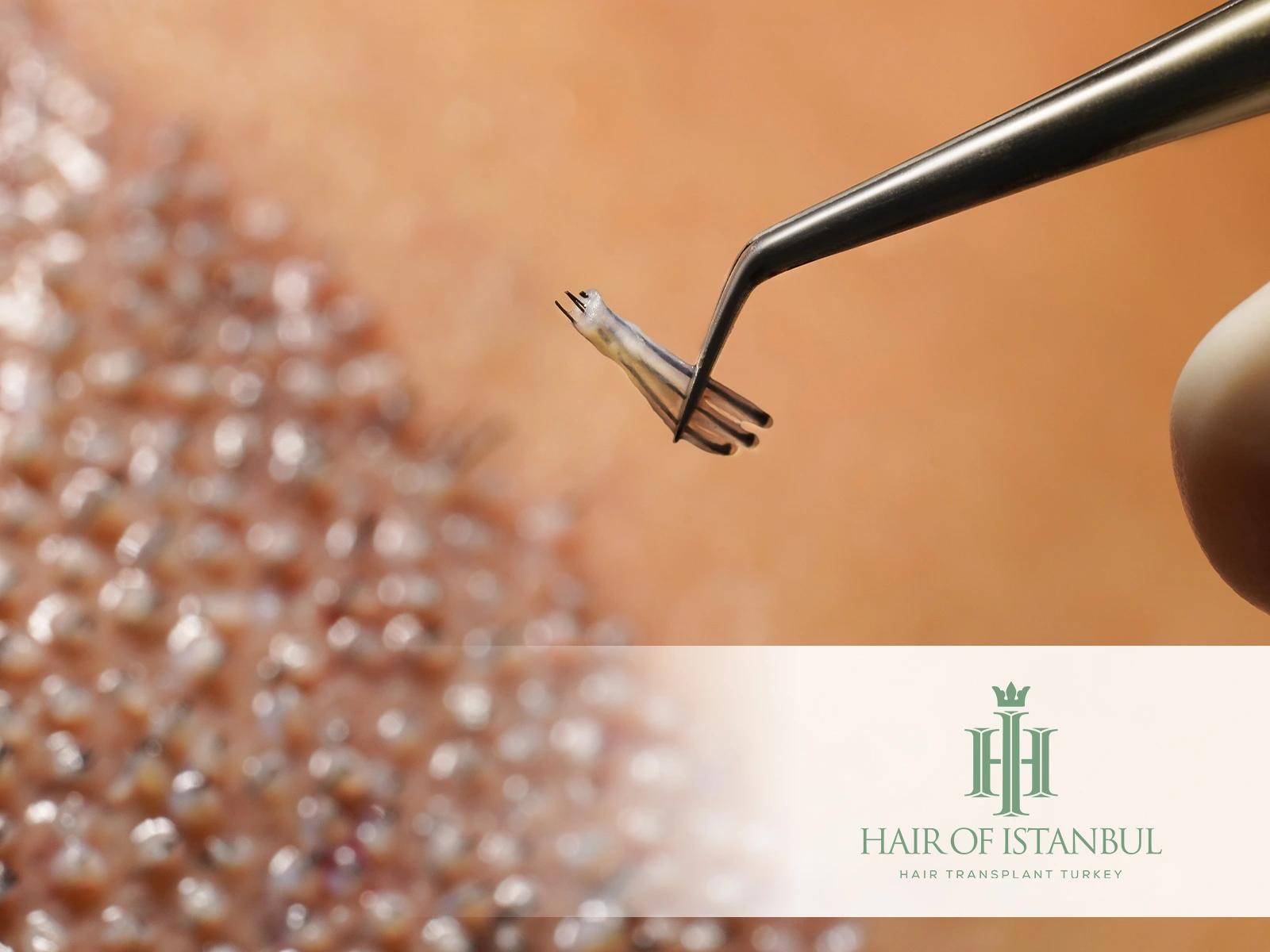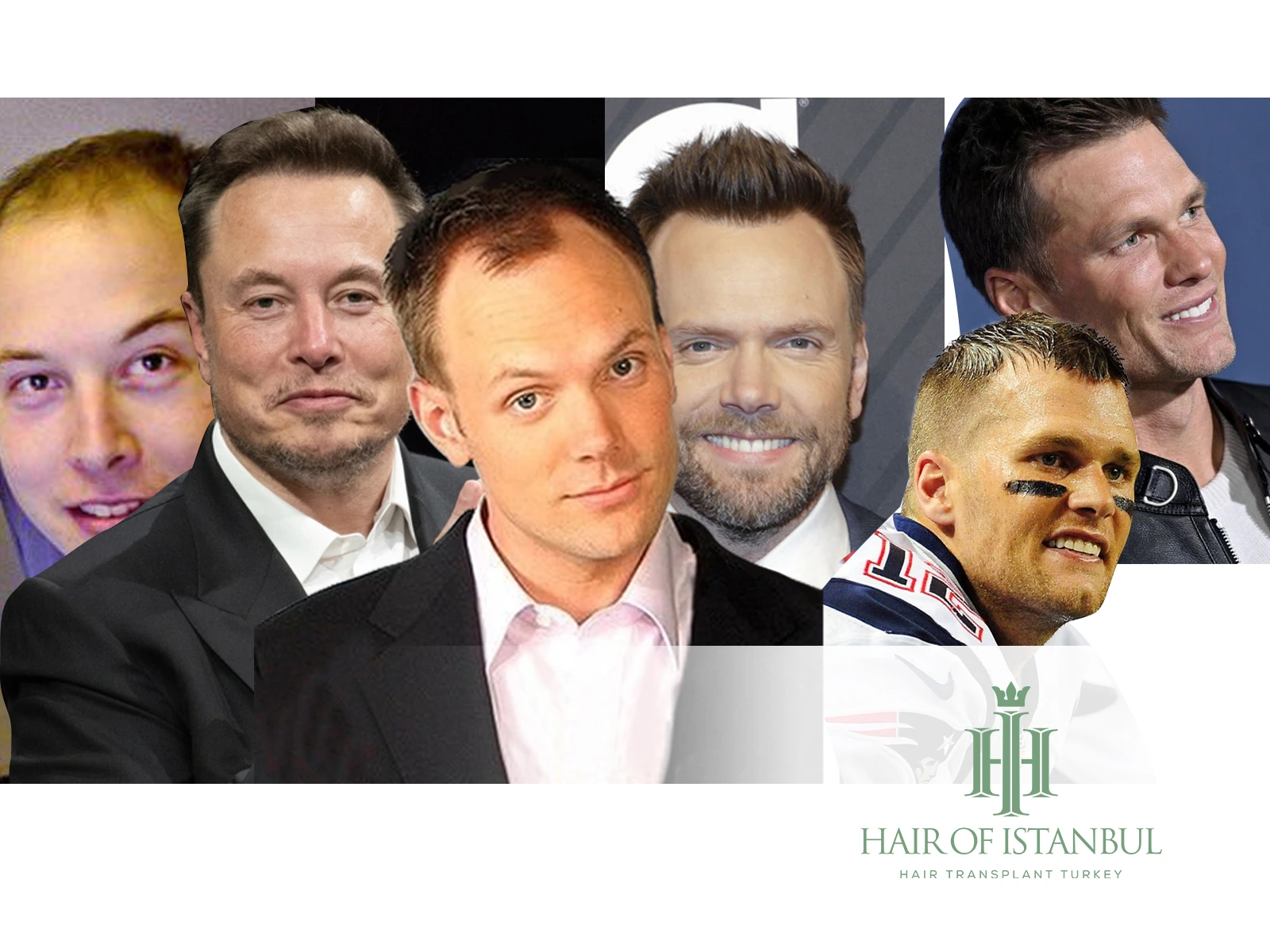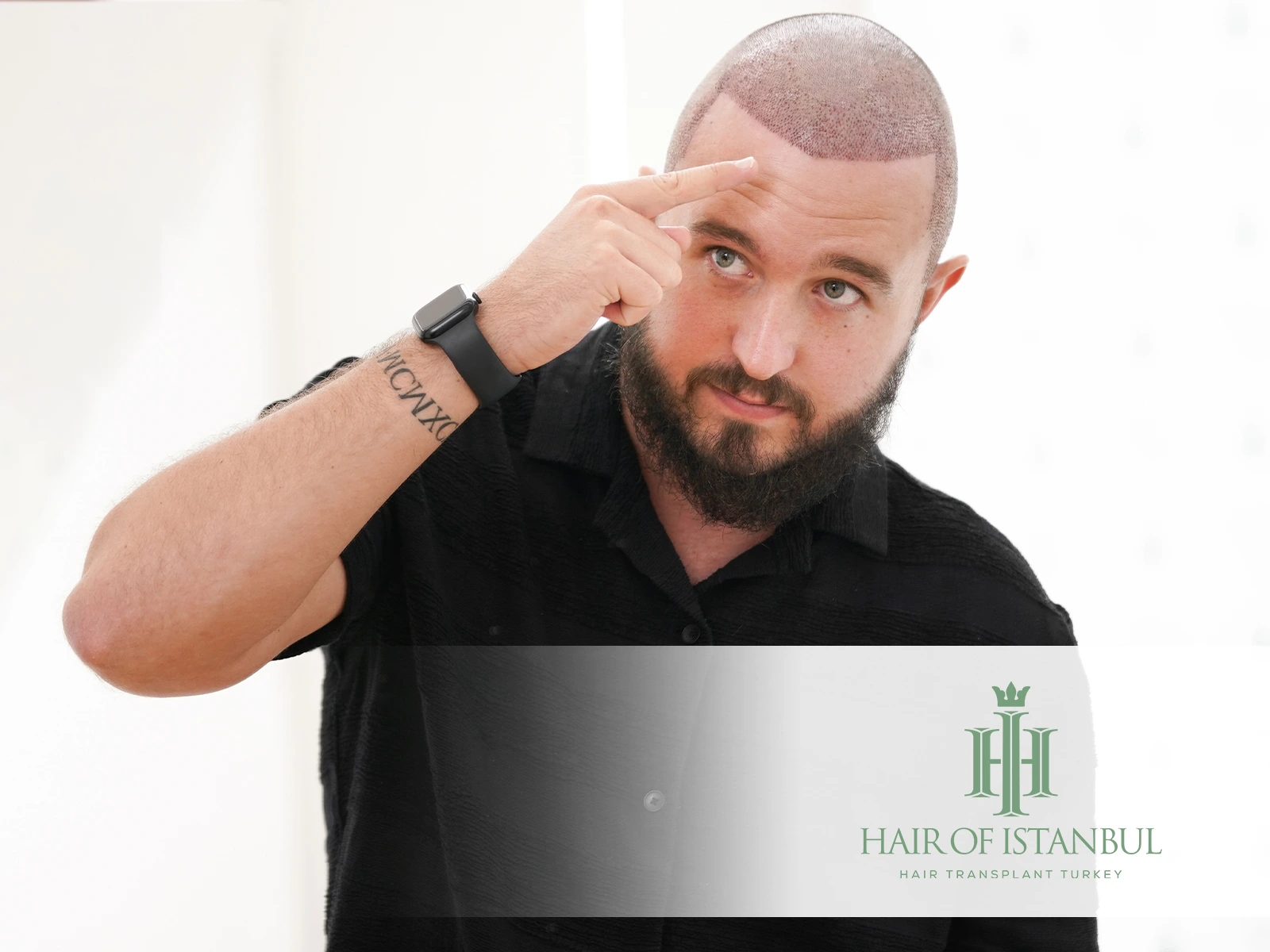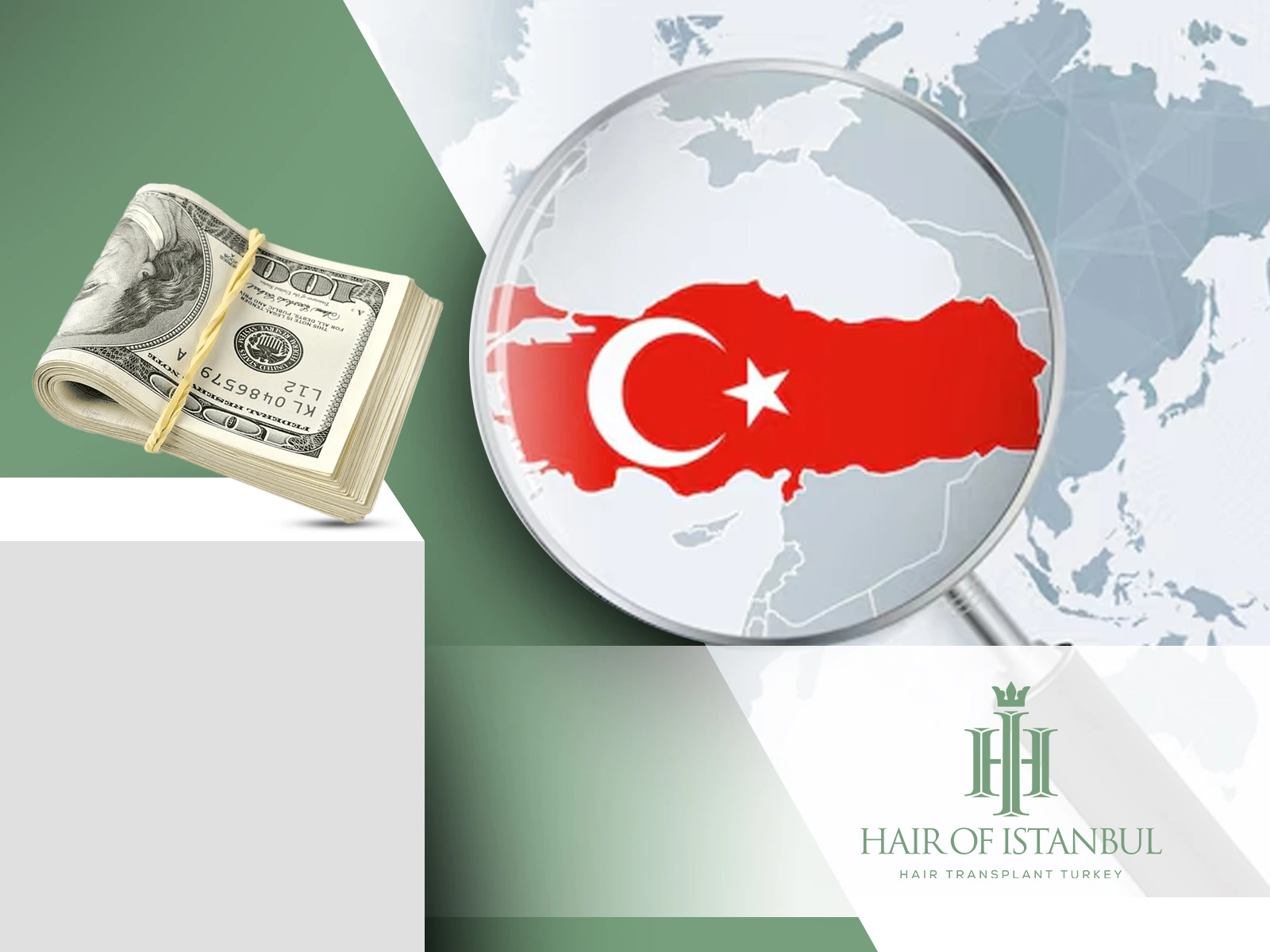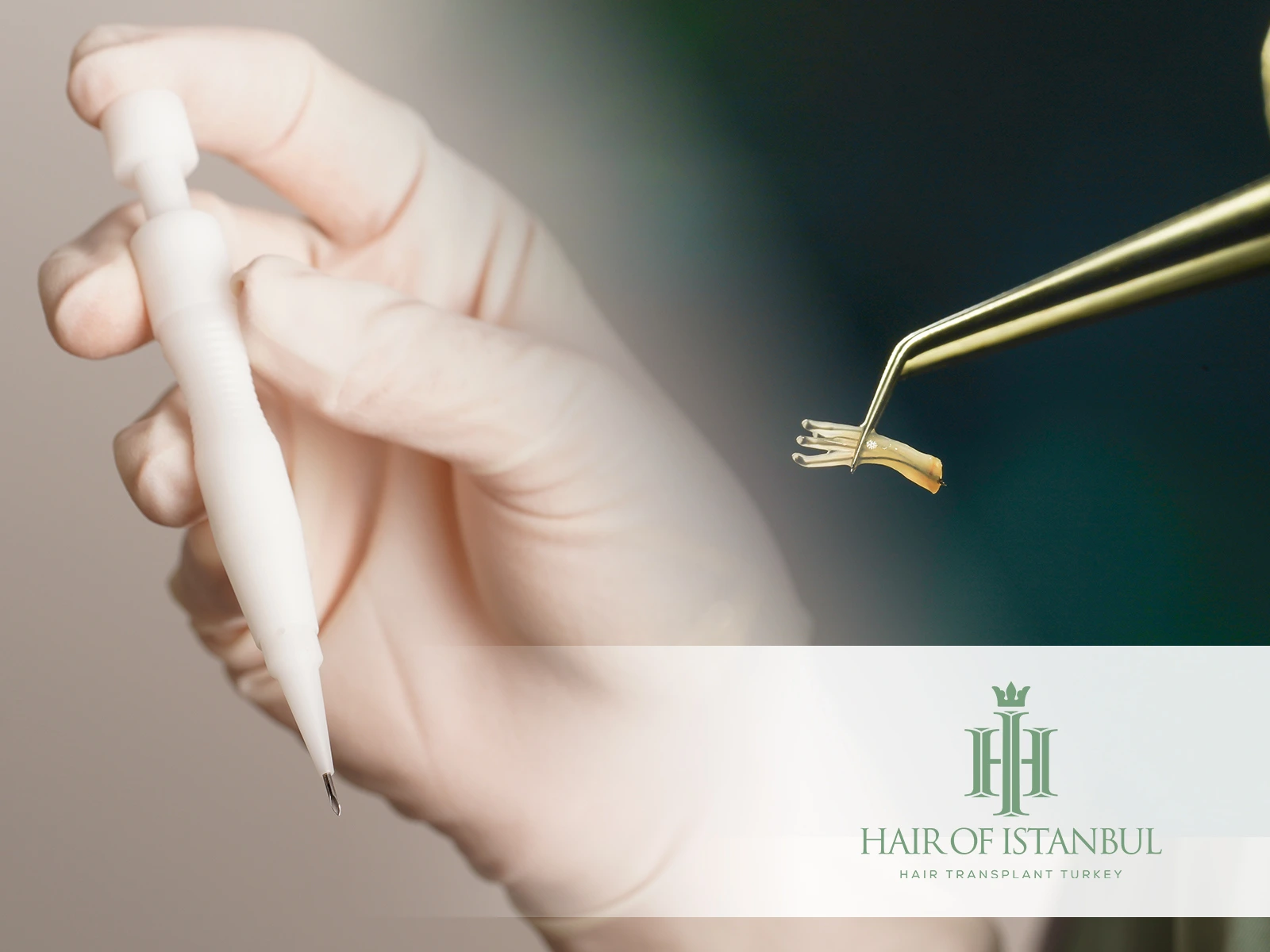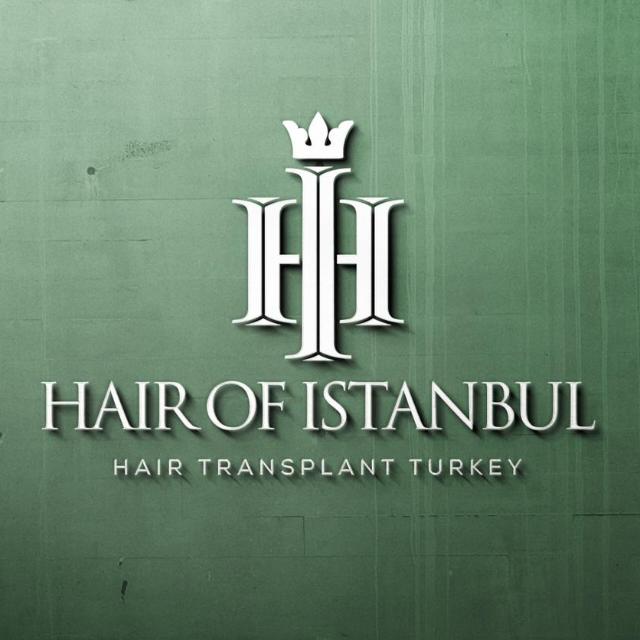Hair Transplant Recovery Timeline: Track Changes with Pictures!
Embarking on a hair transplant is a journey of transformation. This process, marked by careful steps and gradual progress, unfolds over time. Capturing this evolution through a series of pictures is an insightful way to observe the subtle yet significant changes your hair undergoes.
Each image chronicles a different stage, from the initial days post-surgery to the joyous revelation of fuller hair. These snapshots are more than just visual aids; they are milestones that chart the path towards a renewed appearance. As you witness the emergence and strengthening of new hair, you’ll appreciate the intricate details of this journey.
This guide aims to walk you through each phase, highlighting key moments and changes to expect. Let’s explore the path to hair recovery, celebrating each step towards achieving the lush, healthy hair you’ve been anticipating.
What is the day wise progress after hair transplant?
Let’s walk through the day-wise progress of a hair transplant, starting from day one to witness how transplanted hair evolves over time. [1]
Before Planting
In the period before the hair transplant, the scalp and hair in the donor area are in their natural state. The scalp should be healthy and the hair in the donor area should be long enough to facilitate a successful extraction of grafts.


Moment of Planting
At the moment of planting, hair follicles are transplanted to the recipient area. The scalp in the transplanted area may appear red and slightly swollen due to the procedure. The grafts are freshly implanted, and the hair is typically trimmed short.

7th Day
One week post-transplant, the grafts are beginning to settle into the recipient area. The scalp may still show signs of redness and some scabbing around the transplanted follicles. Hair growth is not typically visible at this stage.

Days 7 to 14
During this period, the scalp continues to heal. The redness starts to subside, and scabs around the grafts begin to fall off. There may be no significant hair growth yet, as the follicles are still in the early stages of the healing process.

28th Day
A month after the transplant, the initial shock loss phase, where transplanted hair sheds, is common. This is a normal part of the hair growth cycle, and not all grafts necessarily shed their hair. The scalp should look less reddened and more healed.

6th Month
By the sixth month, significant hair growth is usually observed. The hair strands growing from the transplanted grafts start to thicken and increase in density. The scalp looks much more healed, and the hair growth pattern begins to resemble the final outcome.

12th Month
At the one-year mark, the transplanted hair has typically gone through most of its growth cycle. The hair is thicker, denser, and the overall appearance of the scalp is healthy. The hair growth at this stage is a good indicator of the long-term results of the transplant.


*It’s important to note that individual experiences can vary, and these descriptions are general observations based on average recovery timelines. For specific advice or concerns, consultation with a hair transplant specialist is recommended.
Also Read: Does Melatonin Cause Hair Loss? Truth and Rumors!
Day-by-Day Symptoms Following Hair Transplant Surgery
The recovery period following a hair transplant is characterized by a series of symptoms that change over time. Understanding these symptoms is important for effective management and a smooth recovery. [2]
The upcoming table provides a brief overview of common post-transplant symptoms and how to manage them at different stages of recovery.
| Day 1 Following Surgery | Mild pain, swelling, scabbing around follicles | Pain medication, ice application |
| Days 2-7 After Surgery | Swelling (eyes/forehead), scabbing, redness, numbness/soreness at donor site | Swelling reduction meds, avoid touching grafts |
| Days 7-14 Post Transplant | Reduced swelling/discomfort, scabbing, grafts secure | Gentle hair washing, avoid strenuous activities |
| 2-3 Weeks After Surgery | Potential shock loss (hair shedding) | Gentle scalp care, follow up with surgeon |
| One Month After Surgery | Shedding of transplanted hairs, pinkish scalp, possible folliculitis | Maintain scalp hygiene, consult doctor for infections |
| Three Months After Surgery | New hair growth, acne-like pimples (folliculitis) | Warm compresses, avoid picking/squeezing pimples |
| Six Months After Surgery | Noticeable hair growth, hair becomes thicker | Resume normal hair care routines |
| One Year After Surgery | Full recovery, healthy and strong hair | Regular hair care and styling |
*It’s always best to follow the advice of your hair transplant surgeon for personalized care.
Shock Shedding
“Shock Shedding,” often encountered after a hair transplant, is a natural and temporary phase where newly transplanted hairs fall out. This phenomenon, typically occurring within the first few weeks post-surgery, is part of the hair’s natural growth cycle and shouldn’t be a cause for alarm.
It’s the body’s response to the trauma of transplantation, and it paves the way for new, healthy hair growth. As the follicles enter a resting phase, the old hairs shed, making room for new growth that usually begins a few months after the shedding phase.
Also Read: Can Dimethicone Cause Hair Loss? Do You Need to Worry?
Care Routine After Hair Transplantation
After a hair transplant, the way you care for your scalp and hair is pivotal for the success of the procedure and the health of your hair. A consistent and appropriate care routine ensures optimal healing and growth of the transplanted hair. [3]
The following table provides a month-by-month breakdown of the recommended care routine post-hair transplant. These guidelines are based on general practices and should be tailored according to the specific advice of your hair transplant surgeon.
| Immediately Post-Op | For the first few days, avoid touching the transplanted area, heavy lifting, and direct sun exposure. Sleep with your head elevated to reduce swelling. Be extremely gentle with the recipient area and use special shampoo provided by the surgeon. |
| First Week | Continue using the special shampoo for gentle washing. Avoid any physical activities that may harm grafts, like bending over or heavy lifting. Sleep on your back to avoid pressure on grafts. |
| Weeks 2-4 | You may start to gently wash your scalp to remove scabs using a prescribed shampoo. Gradually resume light activities but continue to avoid direct sun exposure and rigorous exercises. |
| 1 Month | The scalp may still show mild redness and numbness. Continue to use warm water for washing. Avoid using towels, swimming, heavy exercising, combing the recipient area, haircuts, and wearing hats or helmets. |
| 2 Months | The hair shedding phase continues. Maintain a gentle care routine and avoid activities that may stress the scalp or newly growing hair. |
| 3 Months | New hair starts to grow, initially thin and fragile. Continue gentle care and avoid strenuous activities that could impact the delicate new hair. |
| 4 Months | More hair grows, and the scalp begins to appear fuller. Maintain regular, gentle hair care and protect the scalp from harsh elements. |
| 6 Months and Beyond | Significant hair growth occurs, and hair becomes thicker and stronger. Resume normal hair care routines but continue protecting the new hair from extreme stress or harsh environmental factors. |
Remember, individual recovery experiences may vary, and it’s crucial to follow the guidance provided by your healthcare provider.
Also Read: Do Statins Cause Hair Loss? Here’s What You Need to Know!
How Long Does Recovery Take After Hair Transplantation?
The typical recovery period after a hair transplant can vary significantly based on the individual and the specifics of their procedure. Generally, most patients experience a notable recovery within the first two weeks following the surgery. However, the total recovery time can be influenced by factors such as the number of hair grafts transplanted and the specific hair transplant technique employed. [4]
For instance, Follicular Unit Transplantation (FUT) and Follicular Unit Extraction (FUE) might have slightly different recovery timelines due to the nature of the surgical methods used. It’s essential to follow the post-operative care instructions provided by your surgeon, as these are tailored to your specific procedure and can greatly impact the healing process.
How can I accelerate hair growth after hair transplantation?
To enhance hair growth after a hair transplant, it’s important to focus on both medical treatments and lifestyle changes that nurture the health of your hair follicles: [5]
Nutrition and Diet: A well-balanced diet plays a crucial role in hair growth. Foods rich in iron, proteins, biotin, vitamins A and D, and zinc are essential. Including fruits, vegetables, eggs, and fatty fish in your diet can provide the necessary nutrients for hair growth. It’s also advisable to maintain a diet that supports overall health, as this will positively affect hair regeneration.
Stress Management: Stress can have a negative impact on hair growth, often leading to hair entering a resting phase. Engaging in stress-reduction activities like yoga, meditation, or any relaxing exercise can be beneficial. A calm and stress-free mind can contribute to a healthier hair growth cycle.
Scalp Care: Regular scalp massages can help increase blood flow to the hair follicles, which is beneficial for hair growth. Ensure enough time has passed post-transplant before beginning scalp massages to allow newly transplanted follicles to establish. Using a gentle technique is key.
Quality Sleep: Adequate rest and sleep are vital for the body’s recovery processes, including hair growth. Ensuring you get enough quality sleep can positively impact the hair recovery and growth process.
Also Read: How Many Hair Transplants Can a Person Have?
FAQ
What Is The Fastest Healing Hair Transplant?
FUE (Follicular Unit Extraction) and DHI (Direct Hair Implantation) techniques are typically among the fastest healing hair transplant methods, offering quicker recovery times. They result in minimal scarring compared to other methods such as Follicular Unit Transplantation (FUT).
How Many Days Are Critical After Hair Transplant?
The first 7-10 days after a hair transplant are crucial for recovery, during which time it’s important to rest, keep the surgical site clean, and avoid sun exposure.[6]
You should avoid washing your hair for the first four days, and then gently wash with a suitable shampoo to avoid disturbing the grafts. Pain, swelling, and itching are common during this period, but these symptoms usually subside within a few days to two weeks.
How Long Does It Take To Look Normal After Hair Transplant?
Looking normal after a hair transplant typically takes several months. Initial healing, with the disappearance of crusts, occurs within about ten days. However, transplanted hair often falls out shortly after (a process called shock loss), with new growth starting around 2-3 months post-surgery. [7]
By 4-6 months, there should be noticeable improvements in hair thickness and texture. The most significant changes in hair appearance, including length and thickness, usually occur between 7-12 months, with final results visible around 18 months after the procedure.
If No Density 6 Months Post Hair Transplant, What Should I Do?
If there’s no density 6 months post hair transplant, it’s important to remember that full results can take up to 12-18 months. Consult your surgeon for advice, and continue following post-operative care guidelines. Factors like genetics, surgery method, and health impact results, so patience and regular follow-ups are key. [8]
Also Read: Wayne Rooney’s Hair Transplant: The Story Behind His New Look!
CONCLUSION
In wrapping up our exploration of the “Hair Transplant Recovery Timeline,” it’s clear that the journey is as important as the outcome. At Hair of Istanbul, we emphasize the significance of tracking progress through pictures, helping patients visualize and appreciate each phase of their hair growth.
Our clinic is dedicated to providing comprehensive support throughout the recovery process, ensuring that each individual’s experience is personalized and reassuring.

The journey through recovery is transformative, offering more than just physical changes. It’s about regaining confidence and embracing a new chapter. At Hair of Istanbul, we are committed to making this journey as seamless and fulfilling as possible, utilizing advanced techniques and providing top-notch care.
Remember, recovery takes time and patience, and we are here to guide you through each step.
References:
- [1] Heva Clinic, Aug 24, 2021 – Hair Transplant Recovery Timeline – https://www.dentalhairclinicturkey.com/hair-transplant-recovery-timeline/
- [2] Found Hair, Jan 20, 2022 – Hair Transplant Recovery Timeline – https://www.foundhair.com/hair-transplant-articles/recovery
- [3] Paige Marsh, May 17, 2023 – How to Care for Your Hair After a Transplant – https://www.hshairclinic.co.uk/news/how-to-care-for-your-hair-after-a-transplant
- [4] Dr. Luciano Sciacca, Aug 18, 2023 – How Long Does A Hair Transplant Take To Heal? – https://wimpoleclinic.com/blog/how-long-does-a-hair-transplant-take-to-heal
- [5] Clinic Advisor, Oct 31 ,2022 – How to Spees Up Hair Growth After Hair Transplant – https://www.clinicadvisor.com/hair-transplant-faqs/how-to-speed-up-hair-growth-after-hair-transplant
- [6/7] Dr. Priyanka Sharma, Oct 19, 2022 – Hair Transplant Recovery – Time, Process & Pictures – https://www.hexahealth.com/blog/hair-transplant-recovery
- [8] Hair Transplantation, Sep 8, 2022 – Hair Transplant Results After 6 Months – https://hairtransplantation.com/results/6-months/

